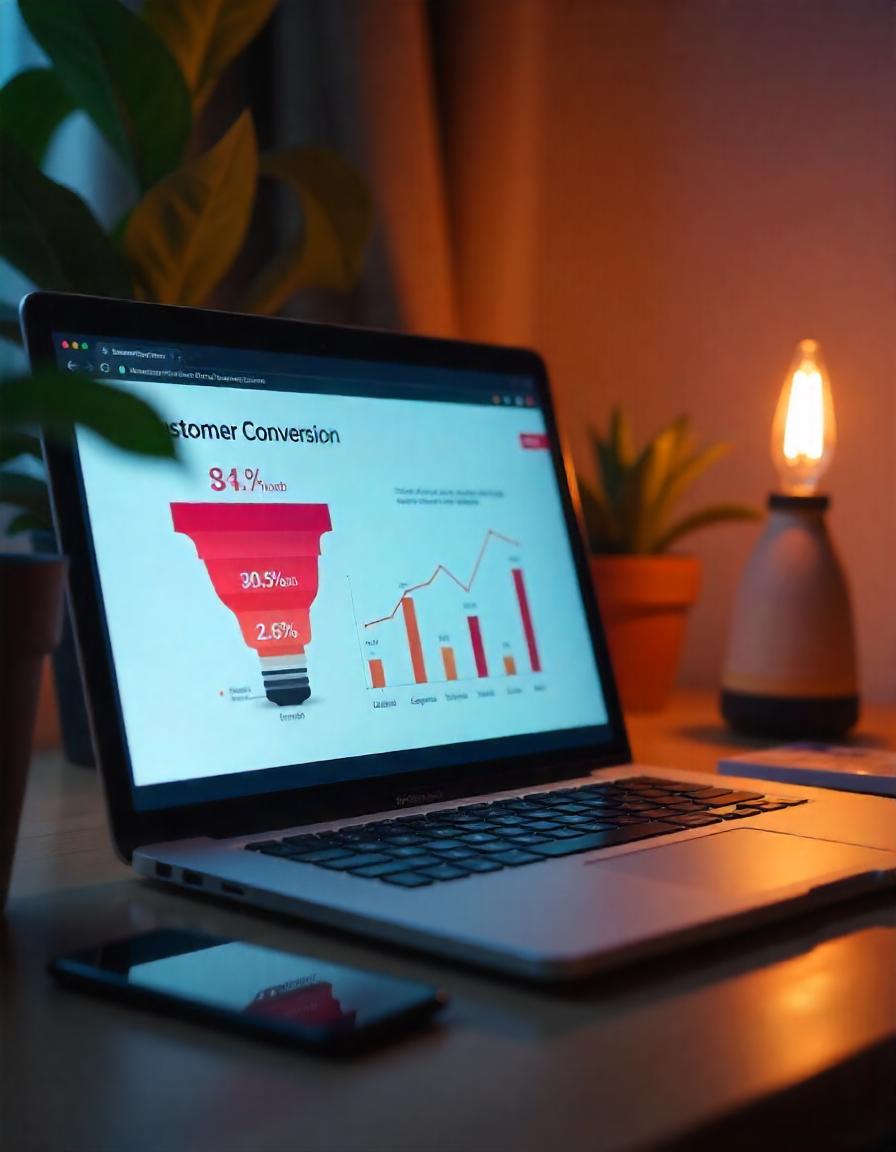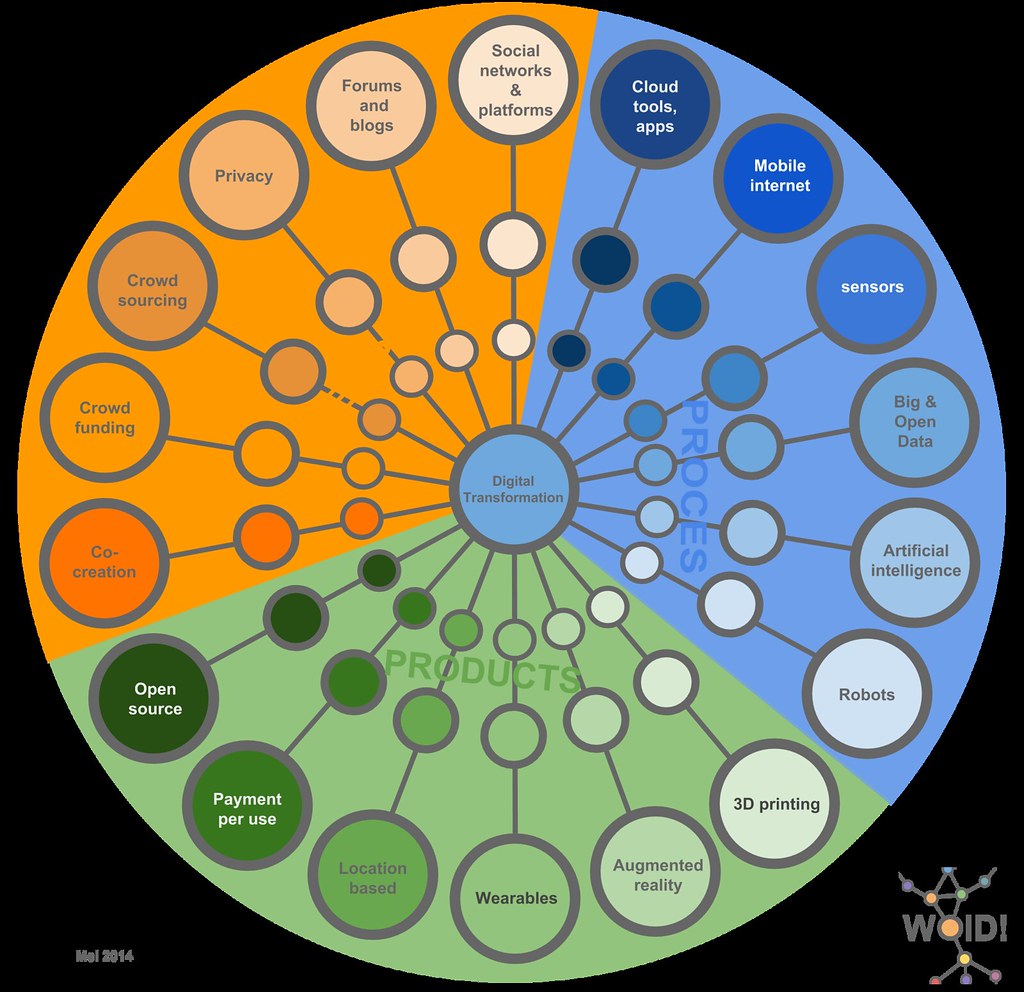Introduction
Welcome to the wild and wonderful world of digital marketing, where hashtags reign supreme, algorithms are always changing, and your social media engagement can sometimes feel like a roller coaster ride! Whether you’re a bright-eyed entrepreneur just starting your digital adventure or a seasoned pro ready to level up, this guide is packed with fabulous insights and witty wisdom to help you thrive online.
Forget the days of yelling from the rooftops to get noticed; we’ve got tools, tactics, and a few giggles to ensure your business doesn’t just survive but thrives. So, grab your digital cape, and let’s dive in because in the online world, fortune favours the bold (and the well-prepared)!
Understanding Digital Marketing
What is Digital Marketing?
Digital marketing is a broad term that encompasses all marketing efforts using the internet or electronic devices. It includes everything from social media and email marketing to SEO and online advertising. If it involves promoting your business through digital channels, it falls under the label of ‘digital marketing’ just like your cat first appeared on the internet, and now it’s basically a celebrity!
Digital marketing is about meeting your customers where they are; on their phones, tablets, and laptops, whether they’re scrolling through Instagram at midnight or searching for the best pizza in town at noon. It’s the art and science of making your brand visible, engaging, and irresistible in a crowded digital space.
Why Does It Matter?
Let’s face it: if you’re not marketing your business online, it’s almost as if you’re offering gourmet donuts only to people who’ve opted to live off-grid! Digital marketing levels the playing field, allowing small businesses to compete with larger companies. Plus, with more consumers shopping online than ever, it’s time to make your mark!
The digital world is where your customers are hanging out, making decisions, and spending money. If you’re not there, you’re missing out on a massive slice of the pie (and who wants to miss out on pie?).
The Pillars of Digital Marketing Success
1. SEO (Search Engine Optimization)
SEO is like the secret sauce of digital marketing, it makes sure your website is visible when potential customers are searching for what you offer. By optimizing your site’s content with relevant keywords, improving site speed, and acquiring backlinks, you increase your chances of appearing on the coveted first page of search results. Remember: pages two and three are like the Bermuda Triangle for websites, once you’re there, you might never be found again!
SEO isn’t just about pleasing Google; it’s about making your website user-friendly, trustworthy, and valuable. The better your SEO, the more likely you are to attract organic (and free!) traffic.
2. Content Marketing
Content is king (or queen). Producing valuable, informative, or entertaining content draws customers in and keeps them engaged. Start a blog, release how-to videos, or create infographics that showcase your expertise. The best part? Quality content can establish your business as an authority and will have potential customers thinking, “If they know this much, imagine how great their products must be!”
Don’t be afraid to show your personality, people connect with brands that feel human. Share stories, tips, and even a few behind-the-scenes bloopers. The more relatable you are, the more likely your audience will stick around.
3. Social Media Marketing
Ready to take your relationship with customers to the next level? Social media platforms like Facebook, Instagram, LinkedIn, and TikTok are perfect for connecting with your audience. Create engaging posts, share updates, run contests, and be the brand that everyone loves (even if you can’t bring them donuts). Just remember to use a tone that aligns with your brand’s personality, humour can go a long way!
Social media is also a two-way street. Respond to comments, answer questions, and join conversations. The more you engage, the more your followers will feel like part of your community.
4. Email Marketing
Email marketing is still one of the most effective ways to engage with your customers directly. Send newsletters, promotions, and personalized offers to your subscribers. Make your emails fun, shareable, and recognizable (think branding on point!). Just make sure you don’t become that annoying spam email cluttering inboxes, nobody likes being ghosted by their favourite brand!
Segment your email list so you can send the right message to the right people at the right time. A well-timed, personalized email can turn a casual browser into a loyal customer.
5. Paid Advertising
PPC (pay-per-click) advertising can give your marketing efforts a turbo-boost. Platforms like Google Ads and Facebook Ads allow you to target specific audiences based on their interests, behaviours, and demographics. It’s like having a tailored suit made for your advertising; snug, flattering, and just right!
Paid ads are perfect for getting quick results, testing new ideas, or promoting special offers. Just remember to set a budget and monitor your campaigns so you don’t end up spending more than you make.
Building an Effective Digital Marketing Strategy
1. Define Your Goals
What do you hope to achieve with your digital marketing efforts? More sales? Brand awareness? More social media followers? Defining clear goals is crucial. Think SMART: Specific, Measurable, Achievable, Relevant, and Time-bound. This helps you navigate your digital journey without losing your way or throwing darts in the dark!
Clear goals also help you measure your progress and celebrate your wins (big or small).
2. Know Your Audience
Your audience is the beating heart of your marketing strategy. Use tools like surveys, analytics, and social media insights to understand who your customers are, what they want, and how they think. Create persona profiles to aid in tailoring your messages to the specific needs and preferences of your target demographic. Remember: knowledge is power, and this power helps you connect!
The better you know your audience, the easier it is to create content and campaigns that truly resonate.
3. Create a Content Calendar
Having a content calendar is like mapping out a road trip, it keeps you on track. Plan out what content you’ll create and share over weeks or months to stay organized and consistent. Insightful and humorous content will keep your audience anticipating what you’ll do next, like binge-watching a well-loved series!
A content calendar also helps you balance different types of content; educational, entertaining, promotional so your feed never feels stale.
4. Monitor and Analyze
Use analytics tools to track the success of your digital marketing campaigns. Platforms like Google Analytics and social media insights provide valuable information about traffic sources, engagement, and customer behavior. Analyze the data to understand what’s working, what’s not, and how you can improve. Be the Sherlock Holmes of your own marketing efforts!
Regular analysis means you can pivot quickly, double down on what works, and avoid wasting time (and money) on what doesn’t.
Staying Ahead of Trends
Embrace Changes
The digital landscape is constantly evolving like your auntie’s recipe for chili. Stay informed about the latest trends, algorithms, and technologies in digital marketing. Join webinars, subscribe to industry newsletters, and network with other professionals. This way, you’ll always have something spicy to bring to the marketing mix!
Don’t be afraid to experiment with new platforms or formats. Early adopters often get the biggest rewards.
Be Creative!
Don’t be afraid to think outside the box! Creativity is key to standing out in a crowded digital marketplace. Experiment with different types of content like videos, podcasts, or quirky graphics that show off your brand’s personality. Keep it fresh, fun, and relatable to capture attention in a sea of sameness!
Remember, people remember stories and experiences, not just products. Make your brand memorable.
Conclusion
Mastering digital marketing may seem like a journey full of twists and turns, but with the right strategies and some good humour, you can elevate your online presence and grow your business. Remember, all the clicks in the world won’t matter if you don’t engage with those customers so give them something to cheer about!
If you ever find yourself lost in the digital wilderness or in need of expert guidance, remember that the brilliant team at Hodessy LLC is here to help! Let us be your trusty sidekick on the road to digital marketing greatness. Now, go forth and conquer the internet, your audience awaits!
















